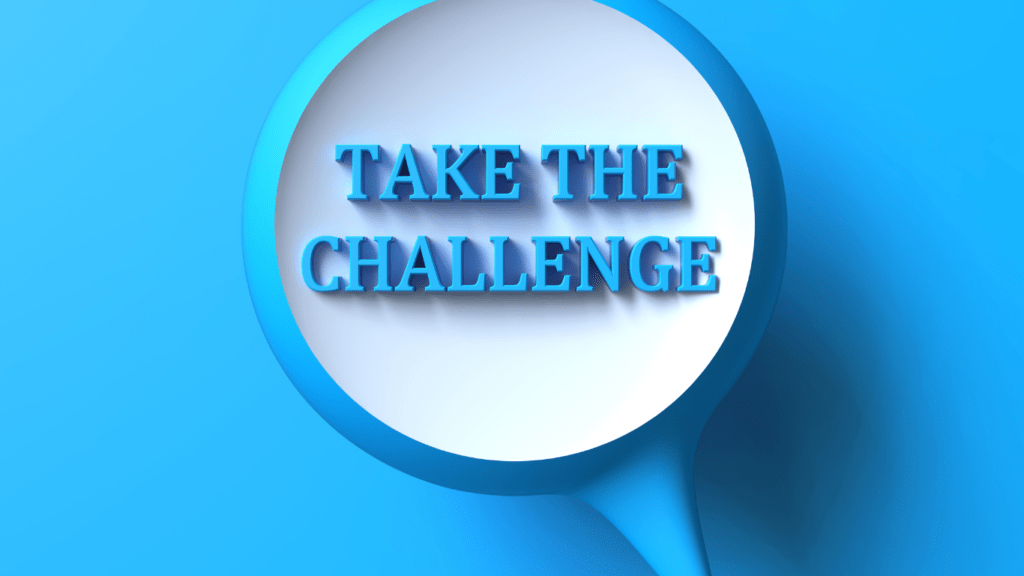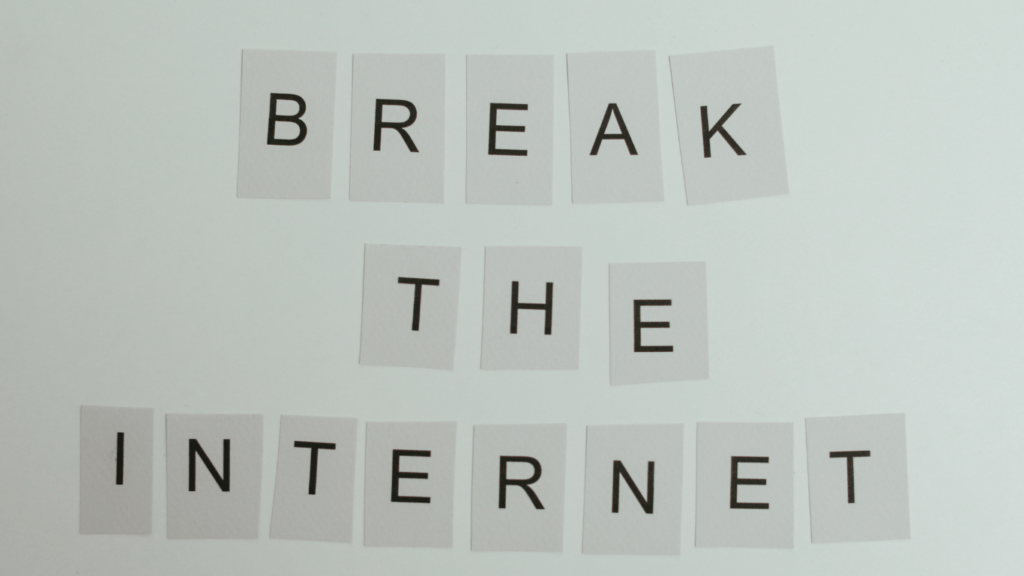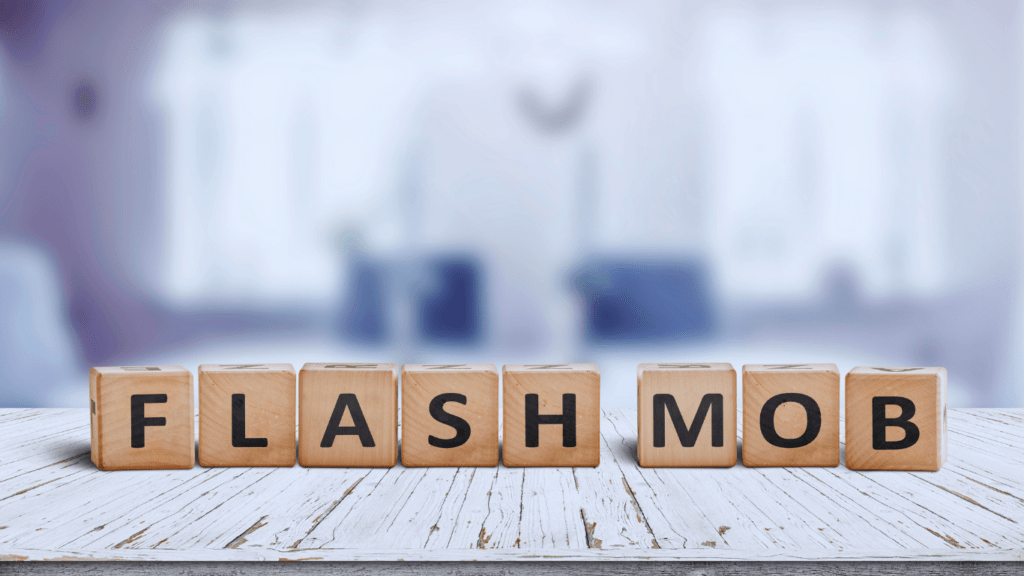Scrolling through social media, it’s hard not to notice the latest viral trends. Some are harmless fun, like dance routines or creative cooking hacks, but others cross a dangerous line. These internet challenges, often fueled by the desire for likes and attention, can lead to serious injuries—or worse.
Understanding Dangerous Internet Challenges
Dangerous internet challenges combine the pursuit of viral fame with extreme, often hazardous actions. These trends rapidly gain traction among younger audiences due to their susceptibility to peer influence and online validation.
What Are Internet Challenges?
Internet challenges involve activities shared online to encourage mass participation. Examples include harmless trends like dance routines or ice bucket challenges, but others pose significant risks. Dangerous challenges, such as the Tide Pod challenge or blackout challenge, involve life-threatening actions that can lead to injuries or fatalities. Their prevalence stems from the desire to entertain or fit into perceived social norms online.
The Role of Social Media in Promoting Risky Behavior
Social media platforms amplify the spread of risky challenges by rewarding engagement metrics, like shares and likes. Algorithms prioritize viral content, giving dangerous trends more visibility. Teenagers, often the primary participants, are particularly vulnerable since impulsivity drives their decision-making. Popular platforms such as:
- TikTok
- YouTube
are central to the challenges’ rapid promotion.
Notable Examples of Dangerous Challenges
Several internet challenges have gone beyond risky to cause serious harm or fatalities. Understanding these examples highlights their dangers and the consequences of their spread.
Challenges That Turned Deadly
- Tide Pod Challenge: Participants ingested laundry detergent pods, which contain toxic chemicals. This challenge led to poisonings, including incidents of severe respiratory distress and even multiple fatalities, according to the American Association of Poison Control Centers.
- Blackout Challenge: This trend encouraged individuals to intentionally choke themselves to achieve a euphoric feeling. Cases of brain damage and over 80 deaths have been reported worldwide, with younger children being particularly affected, as documented by organizations like the CDC.
- Benadryl Challenge: Promoters of this challenge consumed excessive amounts of antihistamines to induce hallucinations. Fatal overdoses occurred, particularly in teens, with medical warnings issued by the FDA to address the hazards.
Viral Trends That Caused Significant Harm
- Cinnamon Challenge: Participants tried swallowing a spoonful of ground cinnamon without water. This action triggered choking, lung inflammation, and severe respiratory issues, with many cases resulting in emergency room visits.
- Milk Crate Challenge: Trending on platforms like TikTok, individuals climbed stacked milk crates, often falling and sustaining injuries. Hospitals reported broken bones, spinal injuries, and concussions from failed attempts.
- Fire Challenge: Participants doused themselves in flammable liquids and ignited their bodies. Severe burns and permanent scarring were common outcomes, and reports of critical injuries led authorities to issue safety alerts.
These examples demonstrate the dangers linked to viral participation, particularly among vulnerable age groups.
Psychological Factors Driving Participation
Engaging in dangerous internet challenges often stems from psychological influences that exploit human vulnerability. Factors like peer pressure, FOMO, and the quest for online recognition drive participants to take risks.
Peer Pressure and Fear of Missing Out (FOMO)
Peer pressure plays a significant role in encouraging risky behavior, especially among teens and young adults. Seeing friends or influencers participate in challenges can create an implicit expectation to follow suit. Social circles amplify this pressure by rewarding conformity with acceptance, likes, or positive feedback.
FOMO intensifies participation by creating anxiety about missing out on culturally trending activities. If a challenge dominates social platforms, individuals may feel compelled to join to remain relevant, fearing isolation or judgment for opting out. Many viral failures, like injuries from the Milk Crate Challenge, stem from the impulsive need to belong.
The Allure of Virality and Online Fame
Virality offers instant gratification in the form of likes, shares, and comments, making it a significant motivator. Participants view challenges as an opportunity to gain popularity or break into influencer culture. When videos of dangerous stunts trend algorithmically, they generate a competitive environment where individuals push boundaries for recognition.
Youth, in particular, are enticed by fame’s fleeting promise, overlooking long-term consequences in pursuit of validation. The glorification of risky behavior, as seen in challenges like the Fire Challenge, incentivizes extreme actions for the chance to stand out amidst an oversaturated digital space.
The Role of Platforms and Parents in Prevention

Social media platforms and parents play essential roles in stopping the spread of dangerous internet challenges. Focusing on digital responsibility and age-specific guidance can reduce the associated risks.
Social Media Platforms’ Responsibility
Platforms hold significant power in amplifying or mitigating harmful trends. By prioritizing content moderation and algorithmic changes, they can help curb the promotion of dangerous challenges. For example, TikTok, Instagram, and YouTube can employ stricter monitoring for sensitive content by using advanced AI tools to detect and remove harmful videos. Transparent guidelines for creators and swift action against policy violators send a clear message of zero tolerance for dangerous content. Platforms can also collaborate with experts to raise awareness, launching campaigns to educate users about the potential consequences of engaging in hazardous trends.
How Parents and Educators Can Protect Teens
Parents and educators serve as the first line of defense against the dangers of viral trends. Open communication about online activities fosters trust and helps identify risky behaviors early. Providing age-appropriate education on internet safety highlights the long-term consequences of participating in dangerous challenges. Involving teens in discussions about the intent behind these trends equips them with critical thinking skills to question peer pressures and viral content. Monitoring online activity and using parental controls, especially for younger teens, ensures they access safe digital spaces. Working closely with schools to address digital literacy prepares students to navigate the risks of social media trends responsibly.
Long-Term Consequences of Risky Challenges
Engaging in dangerous internet challenges often carries lasting repercussions that extend beyond the immediate physical risks. Participants and creators alike face consequences that can impact various aspects of their lives.
Physical and Emotional Impact
Some challenges cause irreversible physical harm. Examples like the Fire Challenge result in permanent burns and scarring, while choking-related trends such as the Blackout Challenge can lead to brain damage or death. These injuries often require extensive medical treatment, rehabilitation, and long recovery periods.
Emotional effects can include trauma, anxiety, and depression. Survivors of risky stunts frequently face ridicule online, worsening feelings of regret and isolation. Witnessing others suffer during participation also leaves psychological scars, particularly for young audiences.
Legal Implications for Participants and Creators
Legal ramifications affect both those who take part and those who promote these challenges. Participants may face charges for endangerment if their actions harm others, as seen in stunts involving vandalism or public disruption. Prosecution isn’t limited to involvement—content creators who initiate or spread these trends risk lawsuits or criminal liability under laws regulating incitement or negligence.
In several documented cases, creators promoting challenges like the Benadryl Challenge have faced intense legal scrutiny, particularly when fatal outcomes occur. These risks emphasize that viral fame can translate into ongoing legal battles, fines, and reputational harm.



